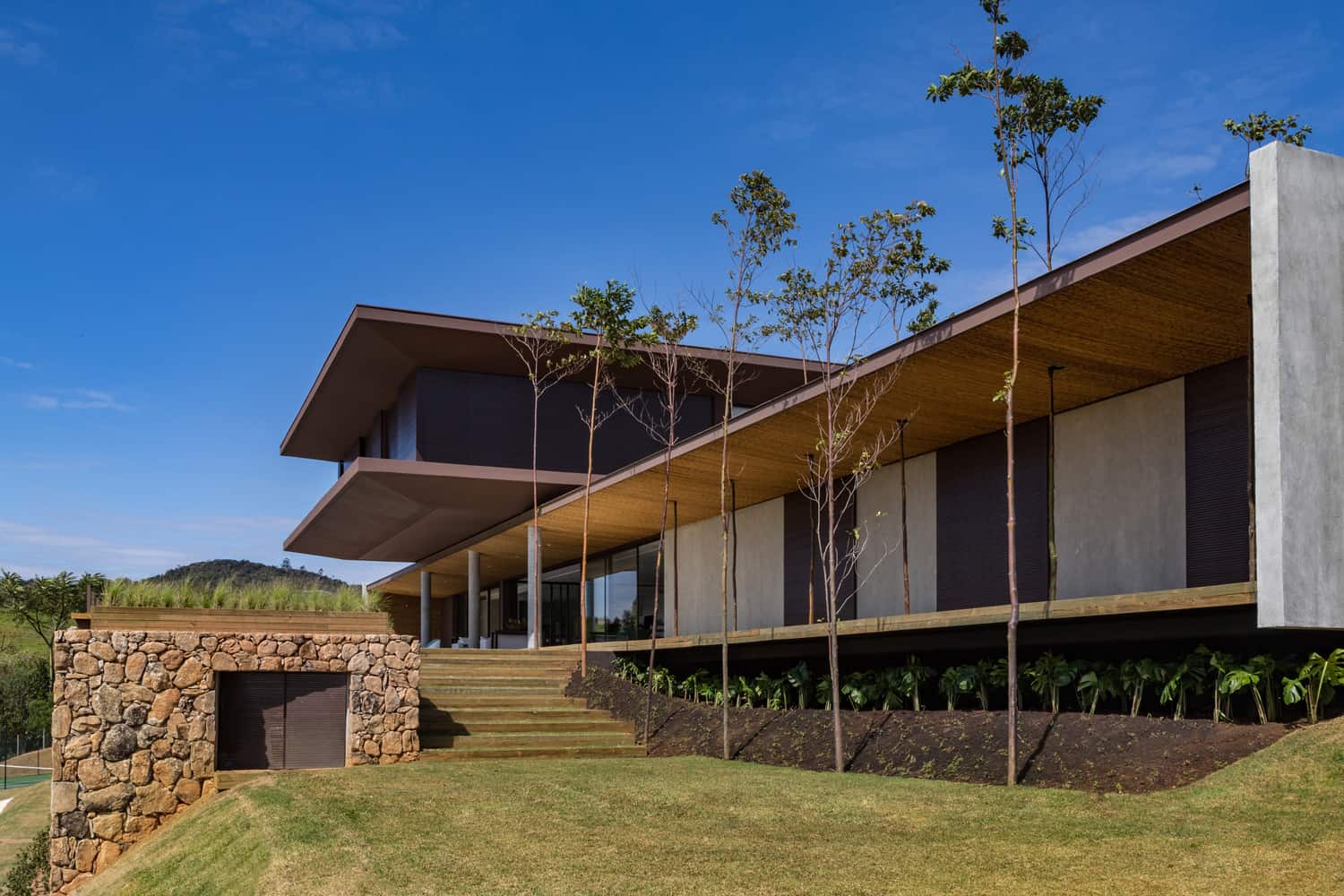Luís Pedro Silva built the new pier, which has been accepting large cruise ships from the world's cruise fleet since April 2011. This has improved the cruise tourism sector in Northern Portugal. Some of the largest cruise ships that call it home are as long as 300 meters. It looks like a ribbon stretched across the shore at first glance. The architect concentrated on the project's geographic setting in order to produce the distinctive curving shapes, rather than just exhibiting advanced design abilities.
The terminal is a magnificent play of levels that unfolds from triple to quadruple volume spaces all the way to sea level. A helical ramp connects the internal operations of a quadruple-height room. This internal circulation connects to three external arms that lead down to the ocean, the departure level, and finally the elevated walkway to the beach.
The main building houses the cruise ship port, marina amenities, the University of Porto's Science and Technology Park of the Sea, event spaces, and a café. It is a trailblazing concept for modern architecture, capable of achieving business efficiency and improved urban integration as a public space. The structure has no access to the beach, creating an enigmatic appearance for anyone approaching. It faces toward the jetty to welcome guests. This clearly distinguishes it as a diamond of the water rather than land.
The facility includes a reflecting pool in the center of the main building. This water feature draws the sea into the structure, and the central atrium is a tourist magnet in and of itself. The major volume comes from this massive circular drum.
The surface treatment for walls is an interesting aspect of the guests' indoor experience. At first glance, the pattern appears to be inspired by fish scales, with the curving walls resembling a fish's easy-curving framework. Visitors will enjoy this examination of texture, which invites them to examine and touch. Luís Pedro Silva collaborated with local manufacturers to create hexagonal ceramic tiles, which be rotated, tilted, and interconnected to cover the structure. This is a modern continuation of the Portuguese tradition of painted tile facades. . "They give the building a human scale," he stated.
Color is a delicate topic in architecture. Some architects are fanatical about variation and pompous color palettes that generate vibrant public areas. Luís Pedro Silva has perfected the art of producing an exciting experience employing geometry, texture, play with levels, and breathtaking views.
Looking for more architectural wonders in Portugal? Don't miss the stunning EDP Headquarters By Aires Mateus, an exquisite blend of modern design and historical charm.
Project Information
Architects: Luís Pedro Silva Arquitecto
Location: Matosinhos, Portugal
Client: APDL - Administração dos Portos do Douro, Leixões e Viana do Castelo, SA ( + University of Porto)
Area: 17,500 Square Meters
Project Year: 2015
Photography: Fernando Guerra | FG+SG
Manufacturers: Sika, Cement Design













